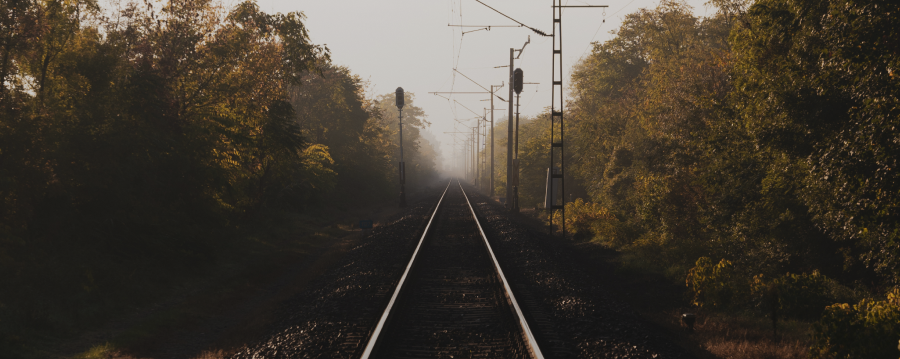This is what the article published in NeoFeed by author José Eduardo Barella on 13/06/2024, in which ANUT President Luis Baldez gave his thoughts, is about.
In summary, the article says that in the vast landscape of Brazilian rail infrastructure, we are faced with an intriguing reality. Brazil has R$241 billion pledged to 45 rail projects, but alarmingly, only two of these projects have managed to move forward. This paradoxical scenario is a huge challenge that needs extra attention and practical solutions.
The rail authorization scheme, a government initiative in 2021, was an important step towards encouraging private investment in the sector.
However, despite expectations, tangible progress is minimal.
The National Land Transport Agency (ANTT) has received 106 applications, resulting in 45 contracts.
However, the projects still face major obstacles in raising funds and obtaining environmental licenses.
According to Luiz Baldez, president of ANUT, the complexity and time needed to approve railroads are fundamental issues that need an immediate solution.
“In addition to being expensive, railroads take a long time to be approved,” Baldez points out.
He stresses the crucial need to increase both public and private investment, as well as improving regulation in order to efficiently integrate the rail network into the country’s transportation system.
The challenges are many. Railroads with low utilization remain idle, not because of a lack of need, but because of the inefficiency of the system. “That train that used to pass through small towns, going at 10 kilometers per hour, can’t compete today with a van, let alone a truck,” says Renan Filho, Minister of Transport. Yes, the current model is obsolete.
For Luiz Baldez, one of the solutions to overcome these challenges is to create a regulatory environment that favors the attractiveness of the private sector. He points out that the idea is to better integrate the rail network with the multimodal system, as well as ensuring that new projects move forward more quickly. “The regulatory part has to go hand in hand with financing to create the conditions that make the private sector attractive,” he adds.
Another critical point is the lack of incentives to diversify the cargo transported and the absence of a unified gauge system, which makes it even more difficult to interconnect the existing railroads.
Also imperative is the issue of interoperability – the difficulty of allowing a train to obtain right of way through different concessions.
With regard to ongoing projects, we have some optimistic notes.
The North-South Railway, for example, recently had a significant stretch completed.
Another promising example is the Central-West Integration Railway (FICO), which will connect strategic points along the Central-West and Northern regions.
As president of ANUT, Luiz Baldez firmly believes that more robust and executable planning, combined with an integrative and innovative vision, could really transform the Brazilian rail scenario for the better.
For more details on this analysis, I strongly recommend reading the full article published by NeoFeed: On the railroads, billions of reais in projects, but few works in progress.

